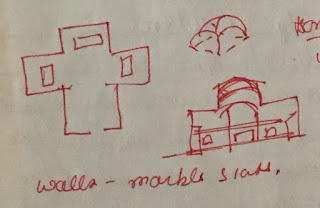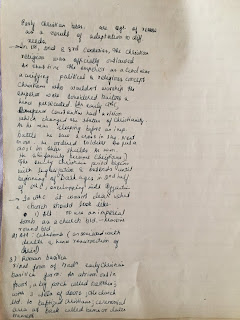This post contains notes on Early Christian Architecture, the influences on the architectural styles, how the churches, and the burial tombs evolved in that era.
 |
| Early Christian Architecture |
Early Christian Architecture developments can be said between the periods of the 3rd and 7th Centuries. The period overlaps with the Late Roman Architecture and first three centuries of the Byzantine period. Early Christian Architecture flourished throughout the empire on a monumental scale. Buildings were of two types - the longitudinal hall - Basilica and the centralized building - Baptistry or Mausoleum.
Central and longitudinal spaces were characteristics of the Roman architecture. The basilica was symbolic of the directed character of human action. These forms were taken over by the Early Christian Architecture and the plan of early churches synthesizes the longitudinal and centralized character.
 |
| Page 01 Early Christian Architecture - Architectural Character |
 |
| Page 02 Early Christian Architecture - Influences on Church Architecture |
 |
| Page 03 Early Christian Architecture - Church and tombs |
Hope you find the notes useful.
Thank you for stopping by.

No comments:
Post a Comment